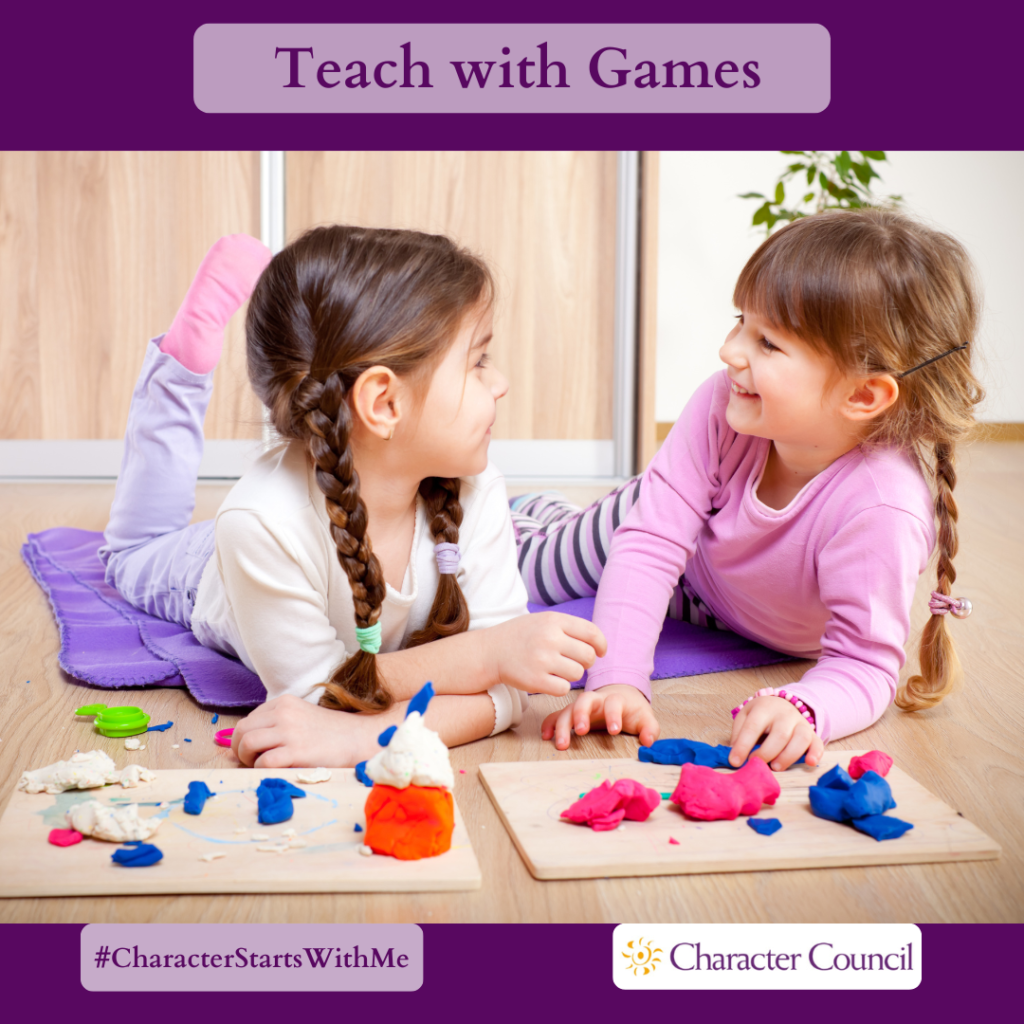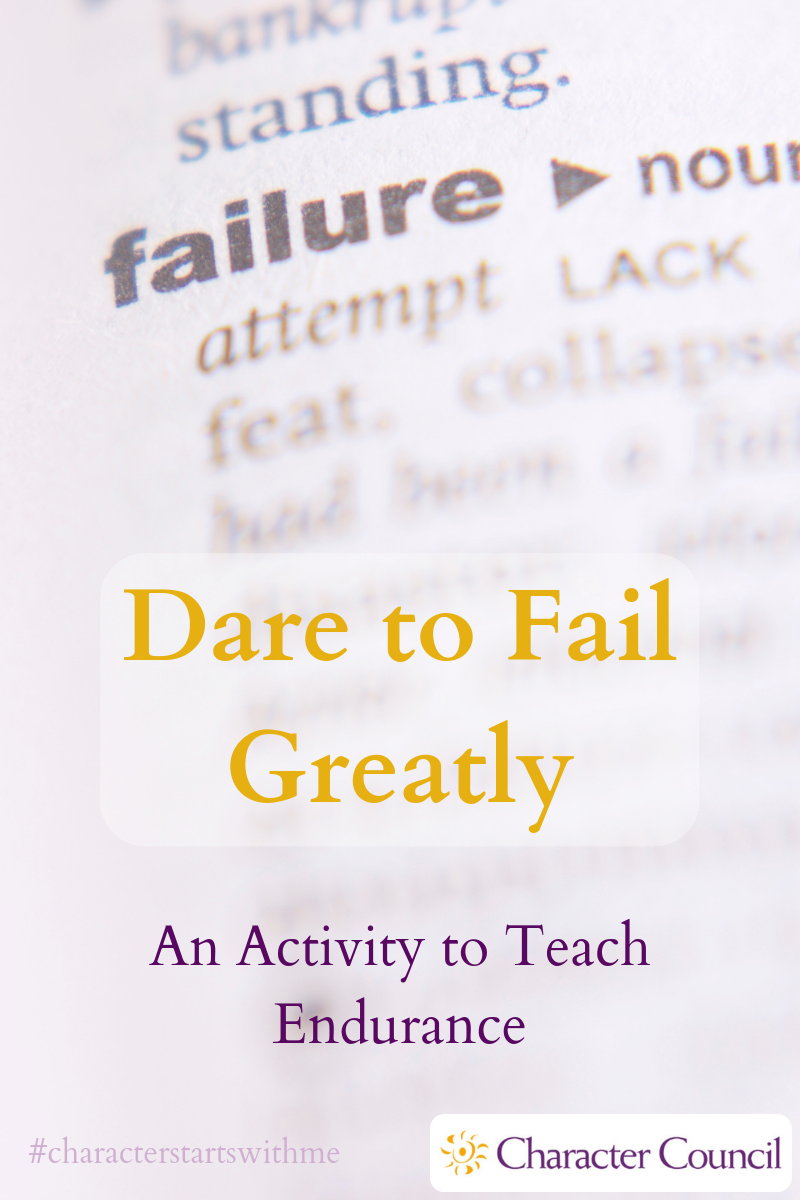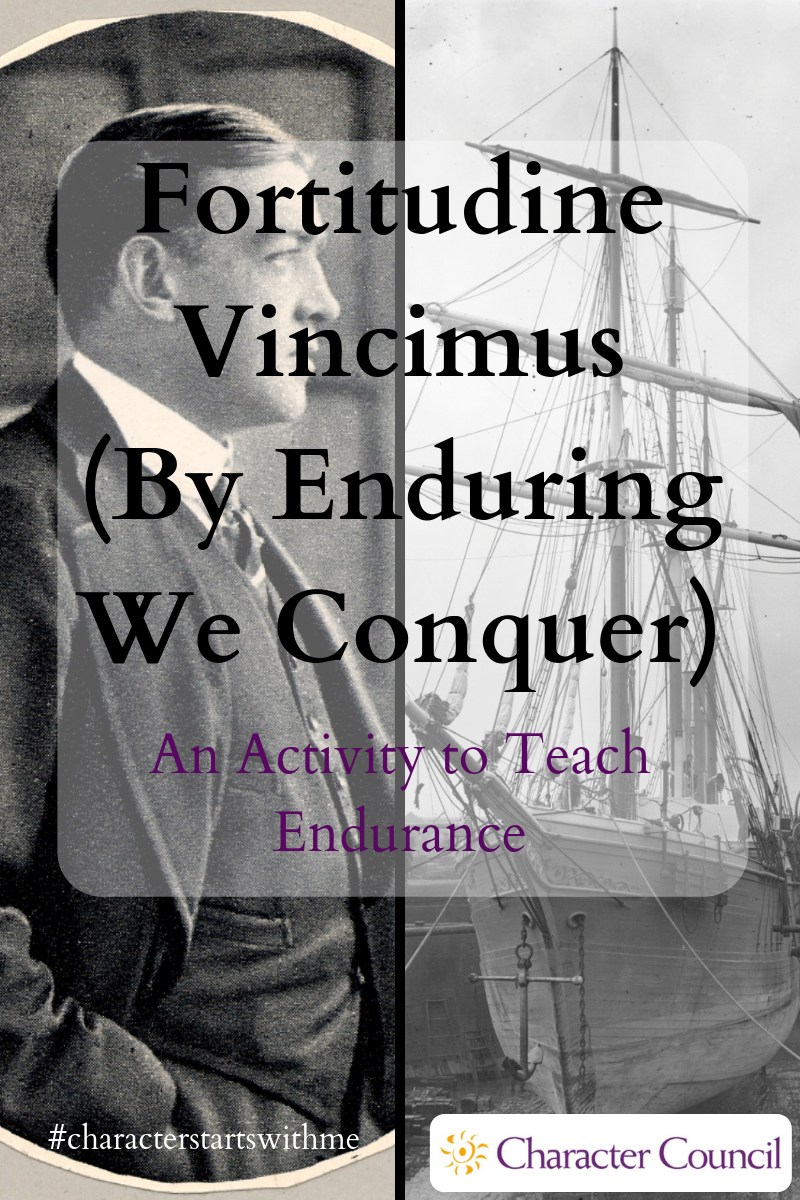
Endurance Activities
The activities here are fun ways to teach character. The game aspect makes the lesson more memorable. Each activity has processing questions at the end. Without processing the activity, the exercise is just a game. To make it a stronger lesson when you process it, relate the character quality to a core value that your organization promotes.
Consider picking a student to run the activity. You will need to give them time ahead of the activity to prepare. Another option is to pick a few students to run the activity for a younger classroom after you have run it for your class. Encourage your students to repeat it in the home for younger siblings or even parents.


The Carrot, the Egg, and the Coffee Bean
For this exercise you will need an egg (hard-boiled is safer), a raw carrot and can/bag of coffee (it can be empty). You can also use pictures of these items. Show these items to the class then place them in three different spots in the classroom. Have the students count off 1 -3. Assign a number to each item or picture. Have them stand in the area near where you placed each item. Explain that problems are like boiling water and that different people react to problems differently. Ask each group how their item reacts to boiling water. (The egg becomes hardened, the carrots become soft, and the coffee changes the water into coffee.) Relate these reactions to the responses that people have to problems. Explain that the groups they are in do not indicate how they react to problems. Ask each group to give examples of how each type of person would react to problems such as: forgot to bring home textbook for homework; or not making a sports team. The carrot went into the water strong, and hard. After being subjected to the boiling water, it softened and became weak. Carrot answers are the give up/do nothing kind of responses. The egg had been fragile before it was boiled. Its thin outer shell had protected its liquid interior. But, after sitting through the boiling water, its inside became hardened. Egg answers will take action but the wrong kind such as hurting or making fun of others. The coffee was unique, however. After it was in the boiling water it had changed the water. Coffee answers will endure and solve the problem.
To process this activity, ask these questions:
- What did you think the activity was going to be when you heard the three items?
- Do you think those are good examples to demonstrate each type of response?
- Which of three do you think most people are?
- Which of the three do you want to be?
- The next time you face a problem, do you think you will be like the coffee?

“Only those who dare to fail greatly can achieve greatly.”
~ Robert F. Kennedy
Many famous people, both current and historical, failed miserably before they achieved success. Did you know that Walt Disney was fired by a newspaper editor because “he lacked imagination and had no good ideas?” He went bankrupt several times before he built Disneyland. In fact, the proposed park was rejected by the city of Anaheim on the grounds that it would only attract riffraff. How about Babe Ruth – he is famous for his home run record, but for decades he also held the record for strikeouts. He hit 714 home runs and struck out 1,330 times in his career. Can you picture Michael Jordan being cut from his high school basketball team? Check out the links below for some famous people failures. Select a few that would be known to your students and see if they can guess who they are.
To process this activity, ask these questions:
- Were you surprised to discover that these very successful people had failures?
- Where do you think they would be now if they hadn’t kept trying?
- What do you think they used for motivation?
- Can you pick one that you can think about the next time you want to give up?

To process this activity, ask these questions:
- Did you like the bear hunt song?
- Had you heard it or a version of it before?
- Did you think any of the obstacles would stop the hunt?
- Why is it important to not let obstacles stop you when you want to do something?
- Do you think you can remember the bear hunt when you face an obstacle?

Fortitudine Vincimus (By Enduring We Conquer)
This was the family motto of Sir Ernest Shackleton, who named his ship The Endurance. It was a 300-ton wooden structure designed to withstand the ice for its mission to Antarctica. In 1914, Captain Shackleton and a crew of 27 set sail for the first crossing on foot of the Antarctic continent. Within eighty-five miles of the continent their ship Endurance was trapped and slowly crushed by pack ice. With no communication to the outside world their ordeal would last twenty months. With Shackleton’s inspiring leadership the crew struggled to stay alive in one of the most inhospitable regions of the world. Miraculously, not one man was lost, surviving extreme cold, breaking ice floes, leopard seal attacks and an open boat journey that would be called one of the greatest navigational feats in nautical history.
No discussion on Endurance would not be complete without including this adventure. There are 2 children’s books listed below that contain many photographs and maps of the trip. There is no shortage of books for any age reader on this topic. Read a portion of the story throughout the month. When you are finished, add the length of the journey to their ages and project what grade/month they would be in had they gone on the journey. Pick 3 foods, not necessarily their favorite, and ask if they could eat only those foods for that time frame? Could they sleep on the floor or outside in the winter for that long? Wear the same clothes for that long? The next time you ask them to Endure something, remind them of Shackleton’s journey.
The Shackleton Expedition by Jil Fine
Shipwreck and Survival on a Sea of Ice by Matt White